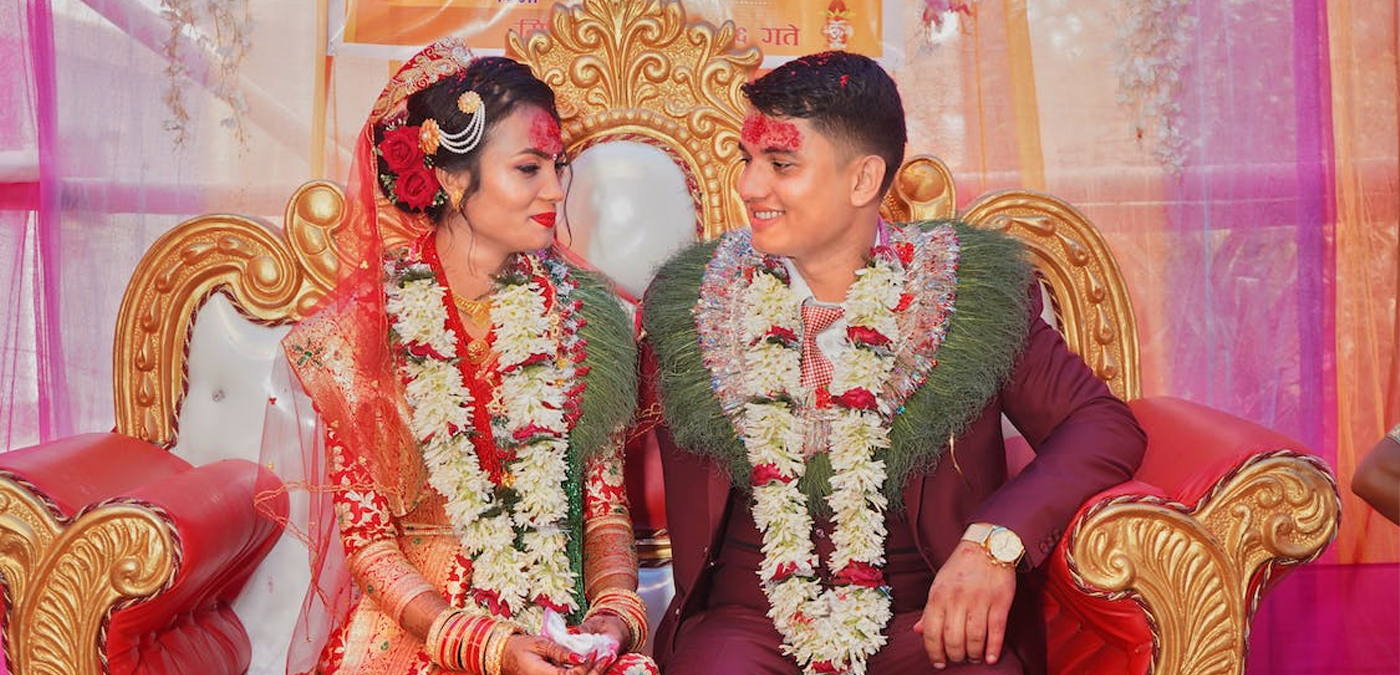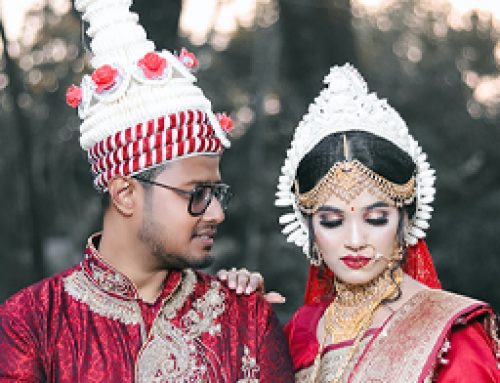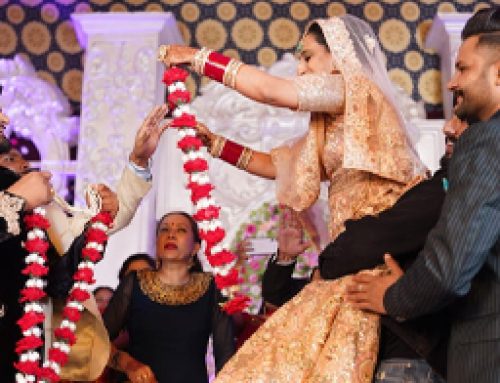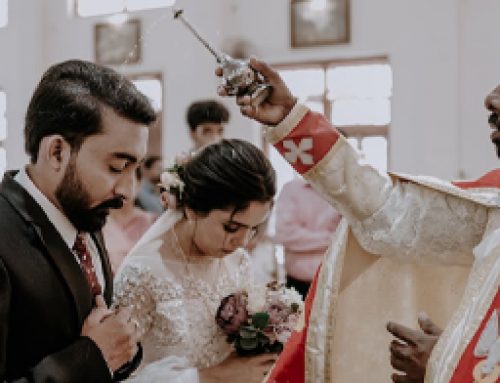Bengali Wedding Traditions & Rituals: Everything You Need To Know
Bengali weddings are rich in culture, traditions, and rituals that reflect the vibrant heritage of the Bengali community. From pre-wedding ceremonies to post-wedding rituals, each step is infused with customs and beliefs that make Bengali weddings unique and special. Let’s explore the various traditions that make up a traditional Bengali wedding:

Pre-Wedding Ceremonies:
- Aiburo Bhaat: This is a ritual where the bride, usually dressed in a yellow saree, is treated to a feast by her maternal relatives. It is a way of celebrating the bride’s last meal at her maternal home before the wedding.
- Dodhi Mongal: On the morning of the wedding day, the bride and groom have a ceremonial bath with turmeric paste and mustard oil. It is believed to purify and beautify them for the auspicious occasion.
Gaye Holud:
The Gaye Holud ceremony is a festive event where turmeric paste is applied to the bride and groom’s skin. Family and friends take turns applying the paste to their faces, hands, and feet, symbolizing blessings for a happy and prosperous married life. Traditional songs, dances, and music are an integral part of this joyous occasion.
Wedding Ceremony:
- Bor Jatri and Boron: The groom, accompanied by his family and friends (the Bor Jatri), arrives at the wedding venue. The bride’s family receives them with a traditional welcome called Boron, where the groom is greeted with flower garlands and offered sweets and betel leaves.
- Mala Bodol: The bride, adorned in a beautiful saree, enters the wedding venue accompanied by her brothers or close relatives. The groom welcomes her by exchanging flower garlands, symbolizing their acceptance of each other as life partners.
- Saat Paak and Subho Drishti: The bride sits on a wooden seat called piri, and the groom holds her hand while they take seven circles around a holy fire. This ritual, known as Saat Paak, signifies their union and commitment to each other. Subho Drishti follows, where the couple looks at each other through a mirror, reflecting their first glance as a married couple.
- Sampradan: The bride’s father places her hand on the groom’s hand, symbolizing the formal handover of his daughter’s responsibility to the groom.
- Yagna: A sacred fire is lit, and the priest performs religious rituals and chants mantras. The couple offers ghee and rice into the fire, seeking blessings for a blissful and prosperous married life.
- Sindoor Daan and Ghomta: The groom applies vermilion (sindoor) on the bride’s hair parting, symbolizing her marital status. The bride then covers her head with a new saree brought by the groom, known as Ghomta.
- Anjali: The couple offers prayers and flowers to the deities, seeking blessings for their new journey together.
Post-Wedding Rituals:
- Basar Ghar: After the wedding ceremony, the newly married couple visits the bride’s ancestral home for a meal. The bride’s family welcomes them with a warm reception and celebrates their arrival.
- Bidaai: The Bidaai is an emotional ritual where the bride bids farewell to her family and leaves for her new home with the groom. It is a heartfelt moment filled with tears, blessings, and good wishes from her loved ones.
- Bou Bhaat: Bou Bhaat is the first meal that the bride prepares and serves at her in-laws’ home. It is a way for her to showcase her culinary skills and be welcomed into her new family.
The Perfect Wedding Venue For Your Bengali Wedding: Seasons5
Seasons5 offers a vibrant atmosphere and wedding ceremony venues for your Bengali wedding along with dedicated staff. Nestled in the lush greenery of Point Cook, Melbourne, we’ve got luxurious accommodations too. Our private lake and waterfall make for a picturesque scene for wedding photos.
Crafted with local and fresh ingredients, our Cinnamon Bay Restaurant offers delicious meals for wedding celebrations. You can also enjoy our day spa to relax and rejuvenate. Feel free to call us on 03 8376 5300 or drop an email at contact@seasons5.com for more information.







